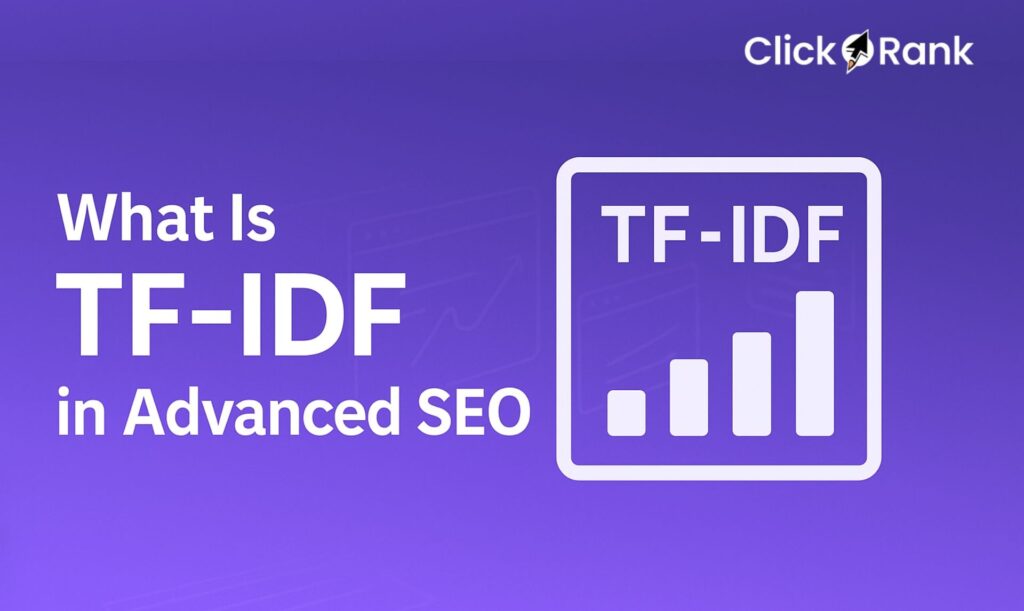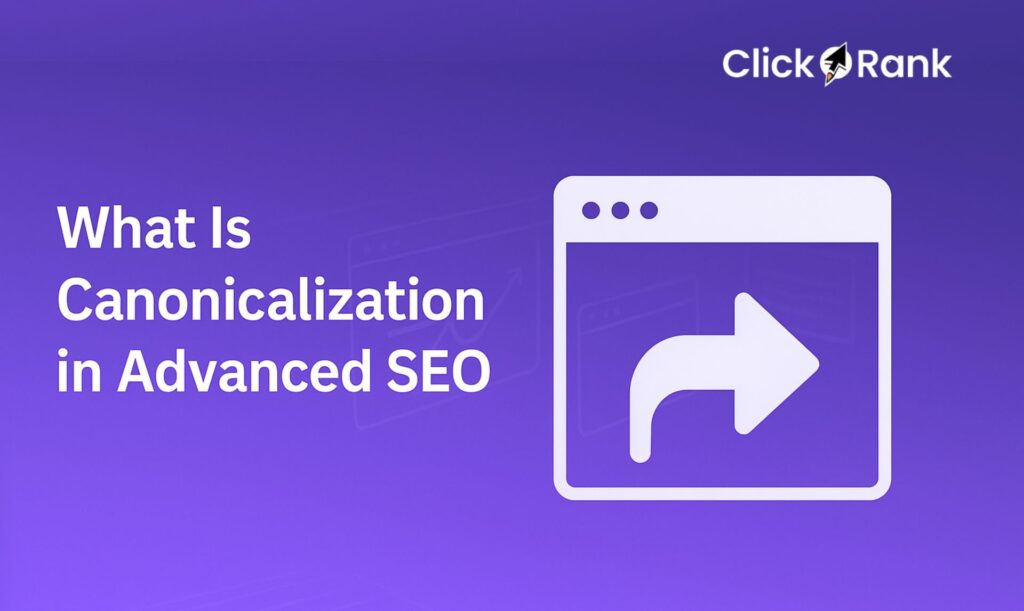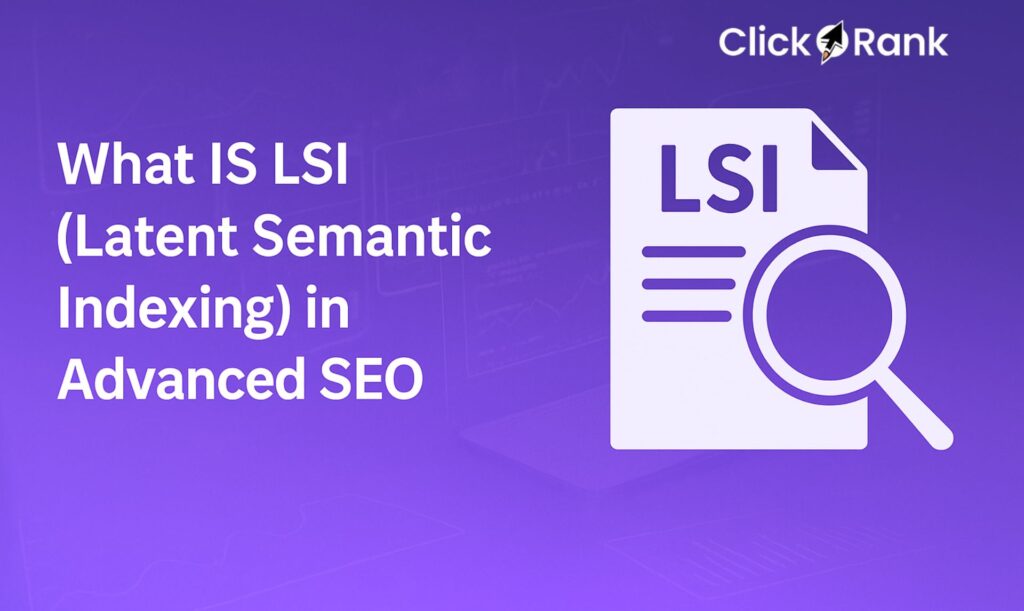Local SEO is the process of optimizing your business presence so it appears in location-based searches, particularly on Google Maps and local results. It helps customers near you find services or products at the exact moment they’re searching. A strong local SEO strategy ensures your business shows up in “near me” searches, map packs, and localized queries.
Why Local SEO Matters for Your Business?
Local SEO matters because it connects your business with nearby customers at the exact moment they are searching for your products or services. With the rise of “near me” and mobile searches, appearing in local results boosts visibility, credibility, and trust.
A strong local SEO strategy drives higher-intent actions such as calls, direction requests, and store visits, making it more conversion-focused than traditional Advanced SEO.
It also helps small and medium businesses compete effectively against larger brands within their local markets. By optimizing your Google Business Profile, citations, and reviews, you secure long-term growth and customer loyalty.
The rise of “near me” searches and mobile queries
Mobile has revolutionized search habits. People now type or speak “dentist near me,” “coffee shop nearby,” or “best plumber in [city]” daily. Local SEO helps your business appear in these searches, making you visible when potential customers have immediate intent to buy or visit.
Read More About: SEO for Restaurants
Conversion advantages: foot traffic, phone calls, visits
Unlike traditional SEO that often drives awareness, local SEO directly drives action. Customers searching locally are more likely to call, request directions, or walk into a store within hours. That’s why investing in a well-planned local SEO strategy often produces higher conversion rates compared to general organic campaigns.
How Local SEO Works? Key Ranking Signals
Local SEO works by combining signals from your Google Business Profile, on-page optimization, local citations, backlinks, and customer reviews. Engagement metrics like clicks, calls, and direction requests also influence rankings. Together, these factors help search engines confirm your business relevance and authority in local search results.
Google Business Profile (GBP) factors (NAP, reviews, categories)
Your Google Business Profile is the cornerstone of local SEO. Having consistent Name, Address, and Phone (NAP), selecting the right categories, and collecting reviews all influence visibility. Optimizing these details is one of the most important steps a local SEO expert can recommend.
On-page signals (local keywords, structured data, address mentions)
Google relies on your website content to confirm relevance. Pages with local keywords, structured data markup, and visible address information help search engines connect your site with a physical location.
Off-page signals (local citations, backlinks, reviews)
Mentions of your business across directories, local blogs, or news sites strengthen credibility. High-quality local backlinks and positive reviews add trust and boost authority in your area.
Behavioral & engagement signals (CTR, visits, time-on-site)
Search engines monitor how people interact with your listings. High click-through rates, requests for directions, and longer time spent on your site signal strong relevance, influencing rankings in map packs.
What Are the Best Practices For Google Business Profile Optimization?
The best practices for Google Business Profile optimization include keeping NAP details consistent, selecting accurate categories, adding photos, posting regular updates, and encouraging reviews.
Responding to customer feedback and using keywords naturally in your description also boost visibility. Tools like ClickRank streamline ongoing monitoring and optimization, generate a professional business name now
Claiming & verifying your GBP
The first step is to claim your profile in Google Business Manager and complete verification. Without this, you can’t appear in local search packs.
Accurate and consistent NAP (Name, Address, Phone)
NAP consistency across GBP, website, create catchy business slogans and third-party directories is critical. Any mismatch can confuse Google and hurt rankings.
Choosing the right business categories
Categories act like keywords in GBP. Selecting the most accurate primary category and relevant secondary ones helps customers find you faster.
Getting and responding to reviews
Reviews are both a ranking and trust factor. Encourage satisfied customers to leave honest feedback and respond promptly to all reviews to show engagement.
Posts, photos, and business descriptions
Regular updates with posts, event announcements, offers, and photos improve visibility and user trust. A compelling description with local keywords supports both SEO and conversions.
On-Page Local SEO Techniques
Local keyword research and geo modifiers
Target keywords like “best dentist in Istanbul” or “plumber in New York.” Geo modifiers ensure your pages match how real users search.
Title tags, meta descriptions, headlines with location intent
Use location keywords in meta data and headlines naturally to signal local relevance without over-optimization, local meta description optimization is so important.
Using structured data (LocalBusiness schema)
Schema markup tells search engines details like business type, address, opening hours, and reviews, increasing eligibility for rich results.
Location-specific landing pages
Create dedicated landing pages for each location. Avoid duplicating content; instead, include unique information like team bios, neighborhood mentions, or local case studies.
Mobile optimization and page speed
Since most local searches happen on mobile, your website must be responsive, fast, and user-friendly.
Embedding Google Maps and directions
Adding a Google Map widget builds trust and makes it easier for customers to find your store.
Building Local Citations & Backlinks
Citation directory types & cleanup strategies
Submit your business to local directories like Yelp, Yellow Pages, and niche-specific platforms. Ensure your NAP matches exactly across all listings.
Review sites and aggregator listings
Being present on aggregator platforms strengthens visibility. Consistent citations across review sites help validate your presence to Google.
Local partnerships, event sponsorships, PR opportunities
Sponsor community events, collaborate with local influencers, or get featured in city news sites. These efforts generate high-value local backlinks.
Building backlinks from community / local influencers
Partnering with trusted local bloggers or social media influencers adds authority and relevance, boosting both SEO and brand recognition.
Customer Reviews & Reputation Management
How reviews impact ranking & trust
Google prioritizes businesses with high review volume and positive ratings. Reviews influence both map rankings and customer decisions.
Generating reviews ethically
Request reviews after completed services. Never buy fake reviews, as this risks penalties and damages trust.
Handling negative feedback
Respond quickly, acknowledge the issue, and offer solutions. A professional response can turn a negative review into a positive impression.
Displaying reviews on your site and GBP
Showcase testimonials on your website and GBP profile to build credibility and encourage more engagement.
Using ClickRank to Streamline Local SEO
Track GBP performance, rankings & keyword visibility
ClickRank allows you to monitor map pack rankings, keyword positions, and listing performance from one dashboard.
Audit citations and NAP consistency across directories
The platform scans hundreds of directories, detects inconsistencies, and provides step-by-step fixes.
Monitor online reviews, respond promptly from one dashboard
ClickRank centralizes reviews from Google, Yelp, and other platforms, letting you reply quickly without switching tools.
Analyze competitor businesses in your local area
Benchmark your performance against nearby competitors. See where they’re earning backlinks or reviews and close the gap.
Generate actionable workflow tasks: fix missing info, optimize tags, schedule posts
ClickRank provides task lists that simplify execution. This saves time for small business owners and local SEO experts managing multiple clients.
Local SEO Reporting & Analytics
Setting local-focused KPIs (traffic, phone calls, map views)
Track KPIs like direction requests, phone calls, and map impressions to measure local SEO impact.
Using Google Search Console & GA4 to track local performance
Combine insights from GSC and GA4 with ClickRank dashboards for complete visibility into performance.
ClickRank dashboards: citation score, review sentiment, ranking over time
Visualize growth trends, review sentiment analysis, and citation authority with ease.
Running quarterly audits and comparing baseline screenshots
Quarterly audits highlight improvements, new issues, and areas needing focus. Baseline reports make progress tangible for stakeholders.
Local SEO Case Studies & Success Stories
Example: Retail store grew map visibility by 250% in 3 months
By optimizing GBP categories and generating consistent reviews, a retail chain saw dramatic map visibility growth.
Service-based business increased local phone leads by 180%
After cleaning citations and improving on-page content, a plumbing service gained significantly more phone calls from local searches.
Multi-location chain improved consistent NAP and rankings across branches
ClickRank streamlined NAP consistency, boosting rankings across 40+ branch locations.
Common Local SEO Mistakes to Avoid
Mismatched NAP data across directories
Even small inconsistencies confuse Google. Always maintain identical NAP details.
Keyword stuffing vs. user-friendly content
Overloading pages with local keywords reduces readability and risks ranking penalties.
Ignoring reviews and low review volume
Failing to encourage or manage reviews weakens credibility and rankings.
Duplicate or thin location landing pages
Each location page should have unique, helpful content, not just a copy-paste template.
No mobile optimization or site speed issues
Slow or poorly optimized mobile sites lose traffic instantly in local searches.
The Future of Local SEO: Trends to Watch
Voice search and conversational queries
People increasingly use voice assistants for local queries. Optimize for natural language and question-based searches.
AI-powered local recommendations (Google Maps, Local Finder)
AI now influences how businesses are recommended in maps, focusing on relevance, distance, and intent.
Structured content for “near me” featured snippets
Providing structured, localized content increases chances of appearing in “near me” snippets.
Integrations with chat and booking tools
Embedding booking tools and live chat directly in GBP or websites improves engagement.
Hyperlocal content and neighborhood targeting
Creating content tailored to neighborhoods or districts helps businesses dominate hyperlocal searches.
Action Plan: How to Get Started with Local SEO?
Step 1: Audit Existing GBP, citations, and on-page signals
Review all listings and ensure consistency across GBP, directories, and website content.
Step 2: Build a task roadmap using ClickRank: fixing tags, collecting reviews, optimizing pages
ClickRank generates tasks automatically to streamline execution.
Step 3: Create location landing pages and internal link structure
Each location page should be unique and internally linked for easy navigation.
Step 4: Monitor performance and refine every quarter
Track map pack rankings, reviews, and traffic regularly.
Step 5: Expand into cluster content: citation guide, GBP optimization, local keyword list
Build supporting content clusters to increase authority in your niche.
Local SEO has become an essential part of digital marketing in 2025. From Google Business optimization to citations, reviews, and analytics, every detail matters for ranking locally. The good news? You don’t have to manage it all manually.
Visit ClickRank.ai today and see how it simplifies local SEO, streamlines tasks, and helps your business dominate local search results. Take control of your visibility and attract more customers starting now.
How long until I see results from Local SEO?
Most businesses see measurable improvements within 3–6 months, depending on competition and optimization quality.
How many reviews do I need to rank in the local pack?
There’s no exact number, but consistent reviews above 4 stars improve trust and map visibility significantly.
Should I create separate pages per location (for multi-location business)?
Yes. Each location deserves a unique, optimized landing page with address, services, and local context.
Can I rank if I don't have a physical storefront?
Yes, service-area businesses can still rank by setting up GBP correctly and targeting specific areas.
How often should I update GBP and citations?
Review and update at least quarterly, or immediately after business changes like hours, address, or phone number.


